Are you a Quiet Speculation member?
If not, now is a perfect time to join up! Our powerful tools, breaking-news analysis, and exclusive Discord channel will make sure you stay up to date and ahead of the curve.
The last time I played Standard, my control deck leveraged Consecrated Sphinx as its win condition. Needless to say, it has been a while.
However, I’m suddenly finding myself battle in Standard all over again, this time using Magic’s Arena platform. In a stay-at-home world, Arena is one easy way to keep engaged with my favorite hobby. It also has one very attractive feature that paper Magic cannot match: it’s free to play.
Of course, the free-to-play model isn’t always sunshine and roses, and resisting a commitment of real US dollars to such a game comes with some downsides. Namely, it’s much slower and grindier to build up a collection and construct a competitive deck. However, it’s not impossible. I’ve been pleased with the progress I’ve made these last couple weeks.
Completely deviating from my standard article topics, this week I want to share my observations during on onboarding into Magic Arena, some watch-outs, and key takeaways that may help another newcomer make the most of their resources and time.
Magic Arena, First Things First
When you install Arena and create a new account, you have to endure the lengthy tutorial. The duration is probably appropriate for brand new players, but for seasoned Magic veterans, it can be tedious. At least it gets you comfortable with the mechanics of online play, which took some getting used to.
Despite the tedious ramp-up, the tutorial is worth completing as it gets you on a glide path towards your first stockpile of gold. In completing the five color challenges, you should net nearly enough gold for a draft—all just for learning the ropes!
Once you’ve finished the color challenges, the next thing I’d recommend is purchasing the most value-conscious package within the game: the intro bundle.
When I first visited the Arena store, I was overwhelmed by all the options. You could spend gems or dollars to acquire all sorts of digital Magic goodies. A close friend of mine sagely recommended I make only one purchase: for $4.99 you obtain 2500 gems and 5 boosters. The boosters are a nice bonus, but the gems are the true value here. Outside of this one-time purchase, the best rate you can acquire gems at is 20,000 for $99.99, or 200 gems per dollar. The intro bundle nets you 500 gems per buck, 2.5x the rate of their best rate.
This is a one-time purchase so once you take advantage of the introductory offer, it’s gone. But it’s worthwhile as it helps fuel entry into multiple drafts or other events. No other bundles offer this much value; for this reason, I have not spent another dime on the platform.
Freebies and Daily Challenges
Perhaps the second thing a new player should consider after purchasing the intro bundle is claiming all the freebies! What freebies, you ask? With every new set, there’s a code that unlocks three boosters of that set.
While some of the older boosters may be less exciting, it’s important to note that every booster opening gets you one step closer to unlocking a rare or mythic rare wild card—these are necessary to craft your first competitive deck! You may also get lucky and open a wild card as your rare in a booster, netting you more ammunition to craft.
After redeeming and opening all your free boosters, the next step to grinding value is the time-consuming one. You’ll want to complete the daily challenges to earn 500-750 gold at a time. The easiest way to do this is to play casual games with preconstructed decks that match the colors of your quest. However, this can be a bit boring as the preconstructed decks aren’t the most streamlined or the most interesting to play.
What I did was I looked up a budget deck I could use to ride my way up in the ranks. The deck I chose was Mono White aggro—it’s easy to pick up and packs a surprisingly strong punch. The inspiration came from MTG Arena Zone, where there are likely other budget options if Mono White doesn’t strike your fancy.
Once I cobbled this list together, I started winning! Winning in ranked play can unlock more gold and booster pack prizes. Playing a mono-colored deck made it trickier to complete daily quest—fortunately, you’re allowed to swap out a quest once a day. Any time I have a quest that requires that I play 20 non-white spells, I swap in an attempt to find a quest where white is the key color.
While a budget deck won’t get you to Mythic ranked, it will be sufficient to earn you some daily gold in a streamlined fashion. The gold adds up and can fund other aspects of the game without requiring spending of any more cash.
The Fork in the Road: My Misplay
Much of the information I presented above can be found online. There are numerous write-ups describing the best ways to value-grind in Magic Arena. I found this nice Top Ten list from Channel Fireball, which sums it up nicely:
There is one more decision tree that I want to discuss—one that impacted me personally. Because of my ignorance about the Standard metagame, I made some suboptimal deck-building choices that resulted in a lower ceiling for my ranked play. Allow me to explain…
I started with a budget Mono White aggro deck. It was capable enough to get me through Bronze tiers and well into silver. Meanwhile, I used some of my purchased gems to enjoy a few drafts to variable success. Through drafting, pack freebies, and daily prizes I started accumulating rare and mythic rare wild cards.
Now, I read in the Mono White aggro article about a few simple upgrades I could make to improve my deck. Enthralled by promises of gold ranks and beyond, I began the upgrade process. Without spending another dime, I crafted a streamlined, optimized Mono White devotion build, much like the one showcased on MTG Arena Zone:
To me, the elegance of the above list was in its simplicity. With my sights on higher ranking, I began crafting. While my list doesn’t match the one above completely, I used it as inspiration to craft a more competitive deck.
Now I’ve reached Gold 1 and I’m striving for Platinum ranks, and I’m realizing something. My deck is far from tier 1. In fact, it’s probably not even tier 2 even with all these mythics and rares. I log into Arena and enter a ranked Standard game, and I’m faced with impossibly powerful decks running Hydroid Krasis, Teferi, Time Raveler, and Uro, Titan of Nature's Wrath.
Keep in mind, I'm experiencing Standard for the first time here so I did not know what to expect. Now no matter what I try, I can’t seem to beat this and other Tier 1 decks. From this vantage point, I realized my deck may be hitting its ceiling far short of my modest Standard constructed aspirations.
Now what do I do? Do I pivot to another list and start from scratch, now with virtually no rare or mythic rare wild cards remaining? I would need to grind out another half-dozen mythic rares. The top decks consist of 50% rares, much of it involved in the mana base. I suppose I could start budget by using guildgates instead of shock lands and temples, but the suboptimal build doesn’t entice me.
Because I was unfamiliar with Standard, I didn’t know what deck to build towards on day one. I picked one that looked fun and easy to learn, but to the detriment of my long-term ceiling. If you’re new to Arena, I encourage you to learn from my mistake: do your research, find a competitive deck you want to work towards, and stay focused on that path.
I suppose Standard will rotate eventually and everyone will have to start over again, anyways. My goal now is to grind out wild cards through daily play and drafts so that when Standard rotates, I’ll already be on my way to building a tier 1 list.
Wrapping It Up
It’s been a long time since I paid any attention to Standard. The last Standard I was comfortable with involved Geist of Saint Traft and Moorland Haunt—quite a few years ago now!
Unfortunately, my ignorance of the Standard metagame led to some suboptimal decisions when getting started in Magic Arena. Information on how to maximize value on Arena is plentiful; however, I’m not sure if my experiences with suboptimal deck-building choices are as commonly published. For this reason, I wanted to share so that others can learn from my decisions.
If you focus on a target decklist and grind value maximally, you’ll be well-positioned to play competitive Arena in just a few weeks—even faster if you have more time to play. This is one final takeaway—it’s true for Hearthstone and it’s true for Magic Arena—you are incentivized and rewarded to play more. The more you play, the more you win and the more you unlock in value. Perhaps this is the most important detail to internalize. If you can accept the time commitment required to grind value from Magic Arena, you’ll be set up for success…eventually!
…
Sigbits
- Dual Lands are making a comeback on Card Kingdom’s hotlist. They’ve had Underground Sea on there all along ($250), but now you’ll also find Volcanic Island ($220), Bayou ($140), Badlands ($120), Taiga ($85), Scrubland ($75), and Plateau ($75) on the list. That’s over half of them!
- A couple other Old School cards are making a slight comeback on Card Kingdom’s hotlist, including Power Artifact and Transmute Artifact. These are perennial hotlist cards, which come and go almost monthly. Right now they are buylisting for $80 and $85, respectively.
- One of Power Artifact’s favorite friends, Grim Monolith, is also back on Card Kingdom’s hotlist again. Right now it’s sporting a buy price of $85.


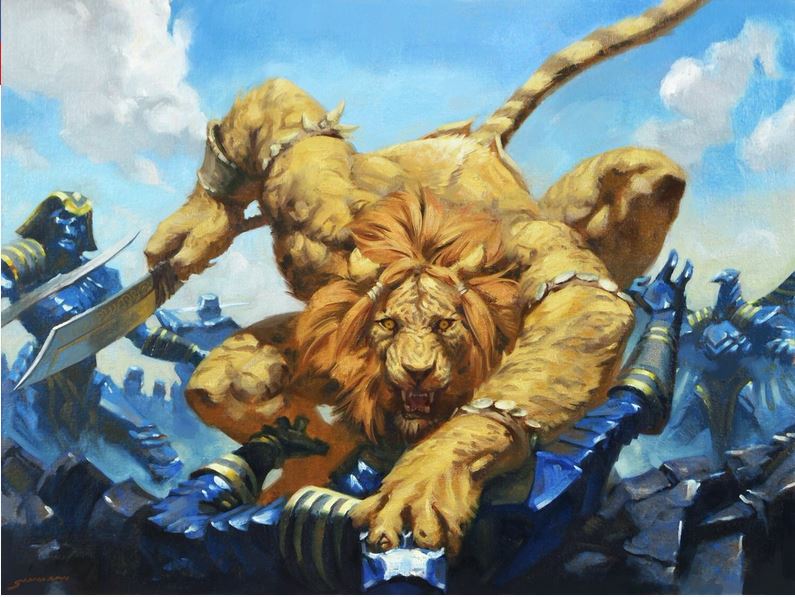
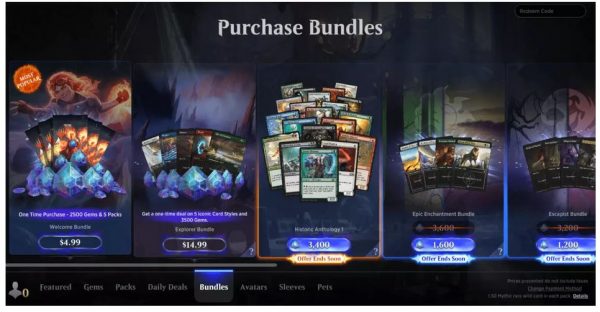
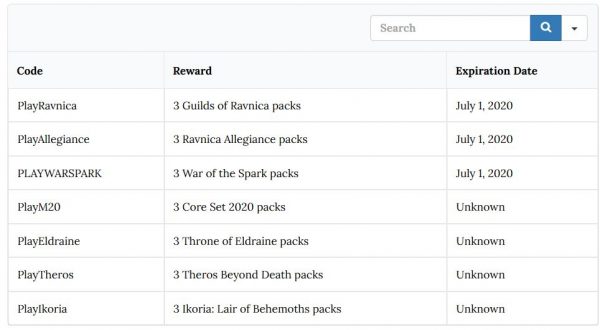
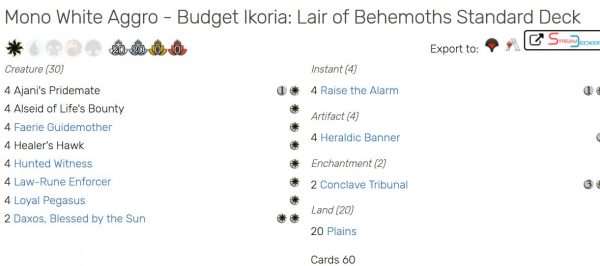

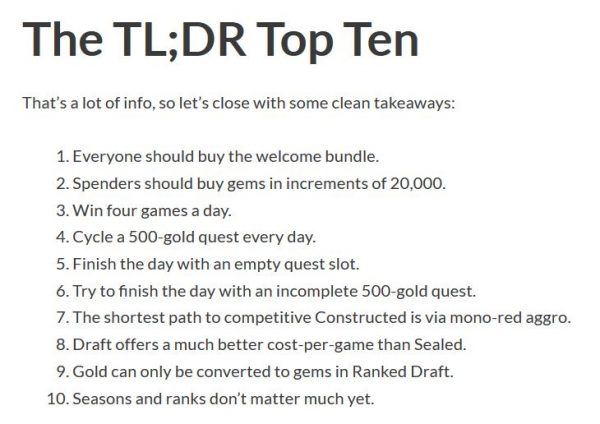
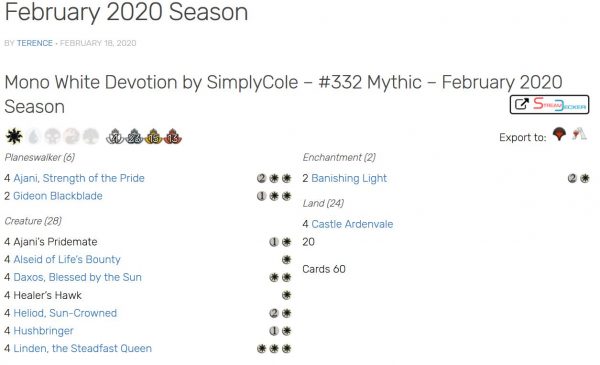



The CF short list is good. I normally just reroll a 500g but complete the next quest even if it’s 500g. Save up gems for mastery pass. New drafts = new approach. I used to save gems for best of 3, now that’s too much variance and Bo1 draft is where it’s at